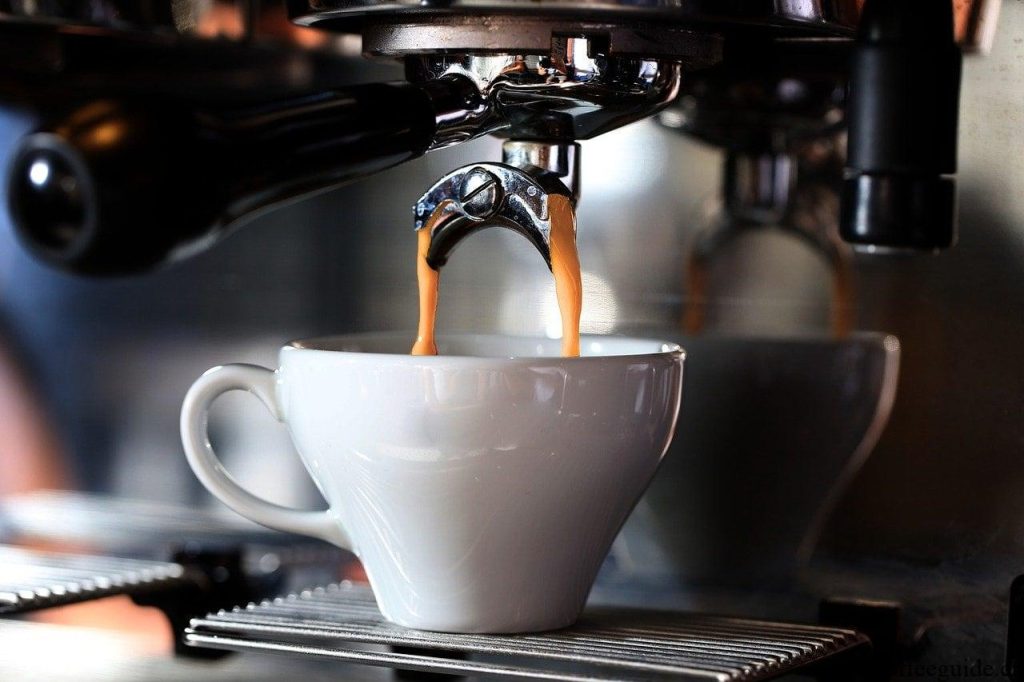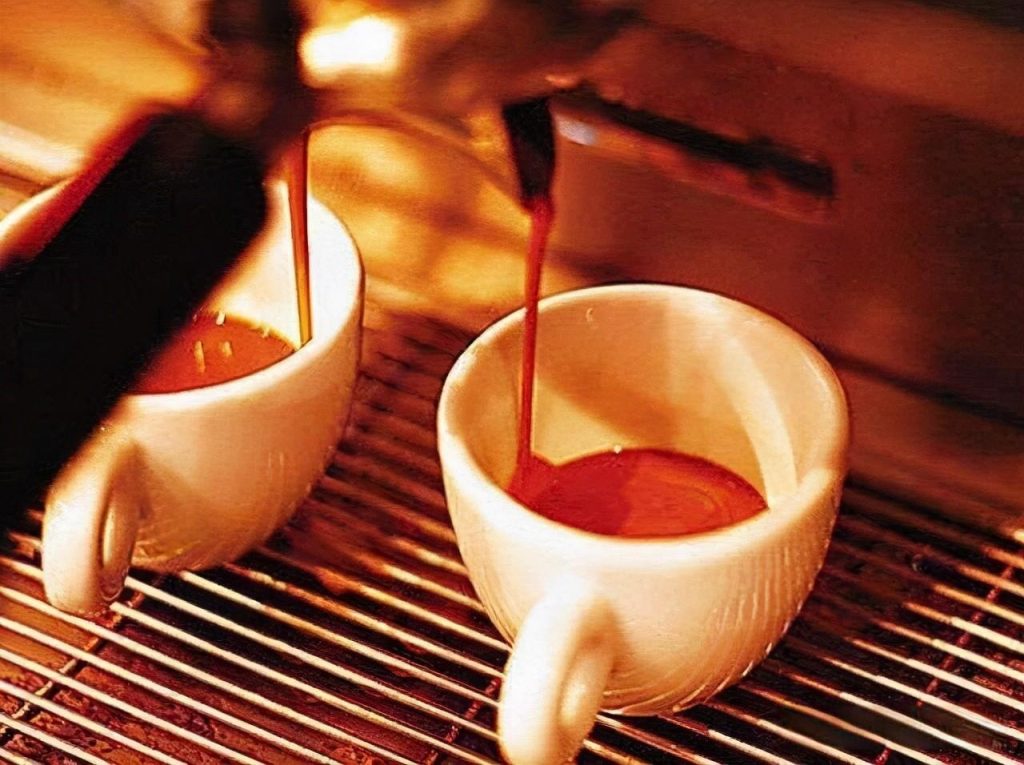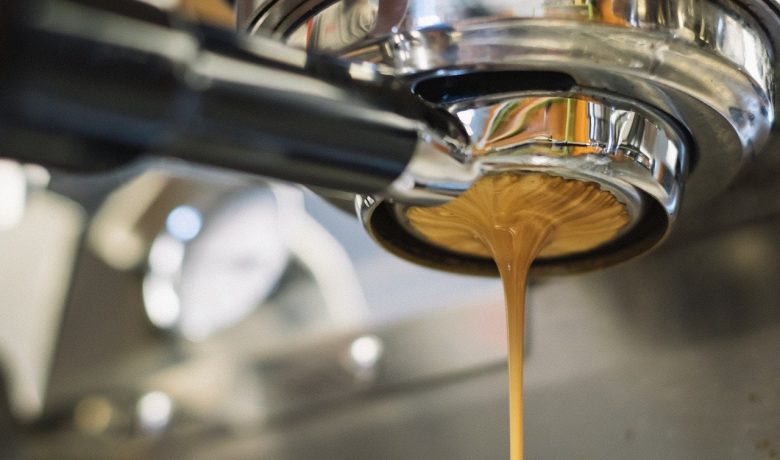What is Espresso Coffee Crema?
Crema is that delightful and smooth foam layer that crowns a freshly brewed espresso shot. For many espresso aficionados, Crema is the highlight of their drink; an espresso without it would be quite disappointing. Interestingly enough, producing Crema isn’t entirely within a barista’s control. The amount generated depends on various factors—some tied to the coffee beans themselves and others related to the quality of the espresso machine.
In this article, we’ll delve into what makes up that perfect layer of Crema on your espresso. We’ll cover how it’s created, what contributes to its deliciousness, and tips on how you can achieve more Crema at home. Let’s dive in.
Understanding Crema
As mentioned earlier, many coffee lovers hold Crema in high regard; however, opinions differ regarding its significance. Some argue that while Crema tastes pleasant, it doesn’t necessarily reflect the overall quality of an espresso shot. So what exactly does Crema bring to an espresso?
Primarily, Crema alters a coffee’s texture by making it smoother and creamier—much like the head on a pint of Guinness beer. In Guinness beer, this creamy head consists of nitrogen bubbles; in espresso, it’s formed by carbon dioxide bubbles. When brewed under pressure, coffee retains more carbon dioxide than at normal atmospheric pressure. As soon as this pressurized coffee hits your cup, it releases microbubbles filled with carbon dioxide that form that characteristic layer of crema.
Besides enhancing texture, Crema also imparts subtle flavors and aromas to an espresso shot. However, this is secondary and should not be used as a measure of quality before tasting the coffee itself. It’s entirely possible—and not uncommon—for an otherwise mediocre shot of espresso to boast an impressive layer of crema.
What factors influence Crema?
The key factor is freshness, as it dictates the amount of Crema that forms in an espresso. Fresh coffee beans have more carbon dioxide compared to older beans because the gas gradually escapes over time. Without sufficient carbon dioxide, even the priciest espresso machine in the hands of a skilled barista won’t be able to create crema.

The level of roasting plays a crucial role because deeper roasts tend to produce less crema due to increased permeability which releases more carbon dioxide compared to medium or light roasts. Essentially, any factor that reduces the carbon dioxide content in coffee beans hinders crema formation.
While roasting degree and bean freshness are intrinsic properties affecting coffee beans, external factors can also influence crema quantity. Typically, higher-end espresso machines generate more crema. Espresso brewing requires consistent high pressure at precise times; automatic machines achieve this through electronic controls, with pricier models maintaining optimal pressure more effectively.
A barista’s expertise can impact manual extraction’s crema yield; however, most professional baristas possess sufficient skills for consistent results. Beginners might struggle with achieving adequate crema due to inexperience. In cafes, a lack of crema often indicates stale or deeply roasted beans rather than barista error.
Diagnosing Crema Issues
There’s ongoing debate about the ideal amount of crema, but generally, it should form about one-tenth of your cup and appear light brown. A good benchmark is if your crema lasts at least a minute; excellent cremas can persist for two minutes or longer.

If you’re learning how to extract espresso and feeling let down by your crema, here are some tips to help pinpoint what’s going wrong.
1.Start by examining your beans. Light and dark roasts yield less crema compared to medium roasts. To achieve optimal crema, look for beans labeled as “espresso roast.”
2.Crema that vanishes quickly. If your shot looks good at first but the crema fades rapidly, it indicates that your extraction speed is too fast. Try extending the extraction time and see if the crema holds up longer. Ideally, well-pulled crema should last around two minutes.
3.Inspect your machine. Ensure you regularly clean your espresso machine and perform daily maintenance to keep it functioning smoothly. Residual old coffee in the machine can obstruct fresh coffee extraction, thus preventing proper crema formation.
Conclusion
Crema is a crucial element in crafting a perfect espresso, though it’s not the sole factor that makes coffee delightful. For many enthusiasts, the right amount of crema can make the coffee smoother, more pleasant to drink, and improve both its look and flavor.
Mastering the extraction of just the right amount of crema and achieving a consistent texture takes practice, but it might be simpler than you expect. By using fresh, medium-roast coffee beans and adhering to our guidelines for evaluating your crema, you’ll soon be able to produce espresso that rivals what you’d find in a high-end café.
